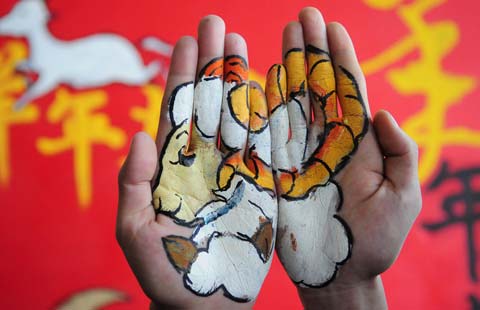The unsung heroes who built nations
Updated: 2014-05-22 08:08
By Chen Weihua(China Daily)
|
||||||||
 In the winter of 2004, I took a train ride from Syracuse in upstate New York all the way to San Francisco. The view was breathtaking, to say the least, when the train passed through the snow-covered Rockies in Colorado. While the train was still trundling through the Rockies, the train conductor started explaining how Chinese workers built the railroad through the tough terrain, with many of them losing their lives.
In the winter of 2004, I took a train ride from Syracuse in upstate New York all the way to San Francisco. The view was breathtaking, to say the least, when the train passed through the snow-covered Rockies in Colorado. While the train was still trundling through the Rockies, the train conductor started explaining how Chinese workers built the railroad through the tough terrain, with many of them losing their lives.
It is hard even to visualize how the railroad was built through the Rockies back then, just like it is hard to imagine how train tracks were laid through the Sierra Nevada, an endless mountain range through Central California, in the 1860s. Most of the tracks were laid by the 12,000 Chinese Americans hired by the Central Pacific Railroad to build the western part of the Transcontinental Railroad. They accounted for 85 percent of the laborers of the Central Pacific, the largest workforce in the United States at the time.
Many of the workers risked their lives and fell victim to the harsh winters and dangerous conditions. They laid tracks on a terrain that rose 7,000 feet over 100 miles (160 kilometers), chipped away at granite and planted the explosives used to blast tunnels through the treacherous Sierra Nevada Mountains.
Many of those Chinese immigrants never became American citizens, because in 1882 the US Congress passed the Chinese Exclusion Act, not long after major railroad projects in the US were completed. The racist act made it impossible for the arrival of new Chinese immigrants, and the Chinese already living in the US were not given citizenship.
May 10 marked the 145th anniversary of the completion of the Transcontinental Railroad. Just a day before that, I was in the Department of Labor's Cesar Chavez Memorial Auditorium as US Secretary of Labor Thomas Perez announced the induction of Chinese railroad workers into the Labor Hall of Honor. About a dozen descendants of the Chinese railroad workers present on stage were elated, and some actually cried.
It was a much belated recognition, but several descendants I talked with said it had arrived at the right time.
The Transcontinental Railroad cut short the trip across the US from six months to two weeks. "But too often lost in discussions of this awe-inspiring achievement is the contribution of the approximately 12,000 Chinese laborers who took on the grueling task of completing the western section of the tracks," Perez said.
US President Barack Obama, too, lauded the contribution of the Chinese railroad workers in a proclamation for the Asian American and Pacific Islanders Heritage Month in May. The Chinese railroad workers were also praised for fighting for fairer wages and safer working conditions.
I rarely ask for autographs. But it was a very emotional day, so I asked Secretary Perez to sign a small poster for the induction ceremony. He was probably more emotional, saying it was an honor for him to do so.
For the past week, I have been thinking about China's migrant workers. Over the past three decades, they have built many residential buildings, though most of them continue to live in dilapidated and sometimes unsafe houses. In a large part of our society, they have been treated like second-class citizens. And their children cannot attend schools like the kids of people who have urban household registration (hukou).
Time magazine voted China's migrant workers as Person of the Year in 2009. The owner of Shanghai Tower, a 632-meter-tall skyscraper on the bank of the Huangpu River, has decided to carve the names of the construction workers who helped make it a reality on a wall of the building.
These are all good signs.
But to honor the hundreds of millions of migrant workers who re-built the nation over the past three decades, there should be far greater recognition and more halls of honor.
We should not let them wait for 145 years - not even a year, or a month. Now is the time to honor the greatness of migrant workers!
The author, based in Washington DC, is deputy editor of China Daily USA.
chenweihua@chinadailyusa.com
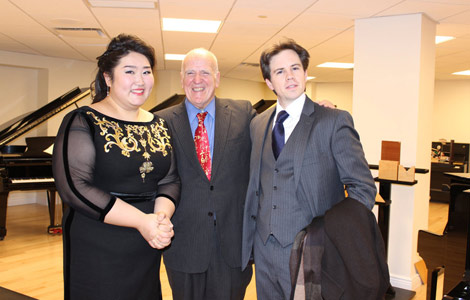
 Music at her fingers
Music at her fingers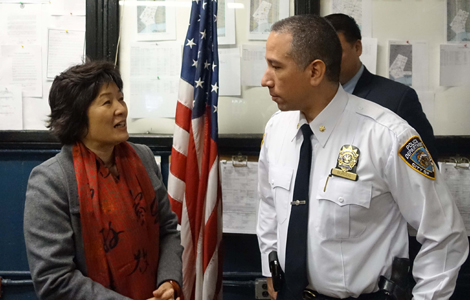
 Across America Over the Week (Jan 16 - Jan 22)
Across America Over the Week (Jan 16 - Jan 22)
 Spend Chinese New Year in style
Spend Chinese New Year in style
 Ili river valley becomes a popular destination for swans
Ili river valley becomes a popular destination for swans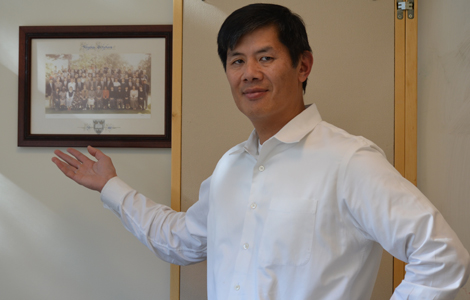
 Philip Ma: from scientist to businessman
Philip Ma: from scientist to businessman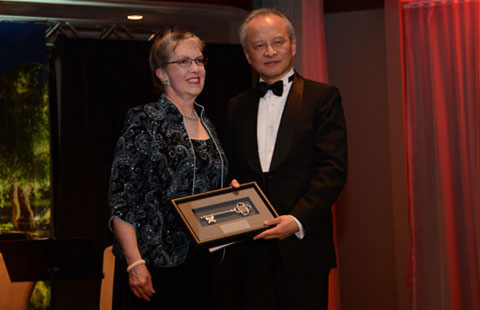
 Birmingham's Spotlight on China dinner
Birmingham's Spotlight on China dinner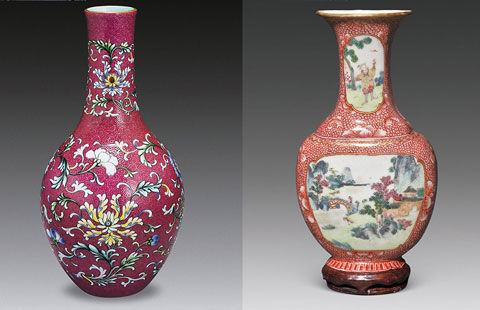
 How to distinguish doucai, wucai, Famille-rose and enamel porcelain
How to distinguish doucai, wucai, Famille-rose and enamel porcelain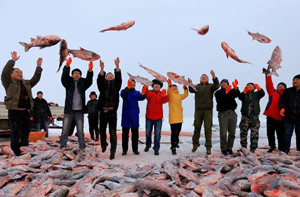
 Xinjiang lake in bumper fishing season
Xinjiang lake in bumper fishing season
Most Viewed
Editor's Picks

|

|

|

|
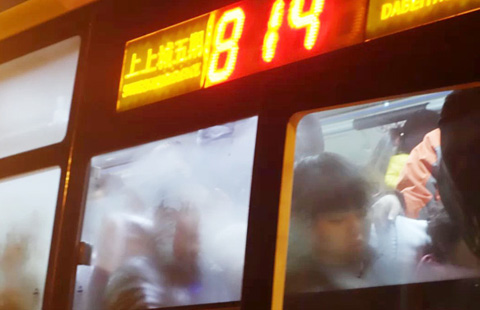
|

|
Today's Top News
Houston's SW Chinatown
China to focus on reforms, opening of capital market
Slowdown brings new risks to banks
Trade group calls for BIT
Market status for China is 'political' issue
Birmingham's Spotlight on China dinner
Bank takes renminbi-clearing seriously
Traditional Garb
US Weekly

|

|


